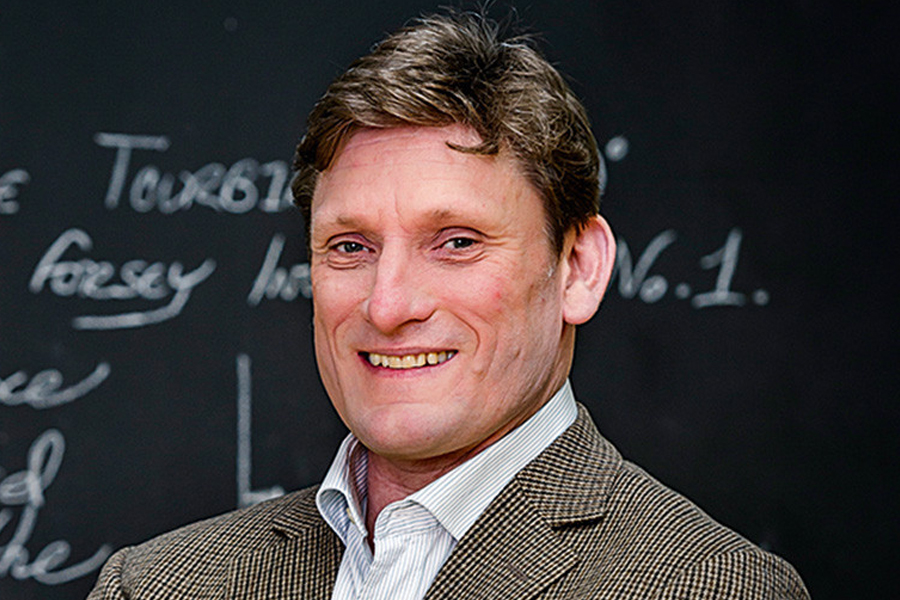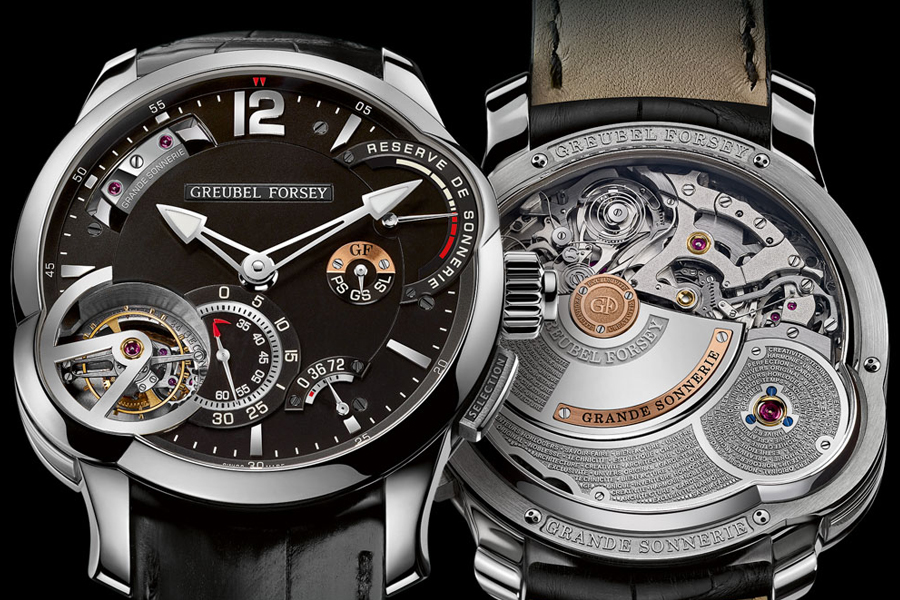Today and tomorrow challenges: Baselworld with Stephen Forsey
11 April 2017“We are sculptors of time, choreographers of the passing hours and architects of watch movement”. That’s how Robert Greubel and Stephen Forsey – mythical watchmakers, founders of their eponymous independent watch brand and among the authors of the major modern watchmaking inventions – define themselves. Because, as Forsey says, “everything was deemed impossible before someone invented it”. Watch Insanity met in Basel the great “maestro” and discussed with him today and tomorrow challenges.
Can you tell us a bit about yourself: who is Stephen Forsey?
I was born in the UK near to London. My father and grandfather had a passion about historic art. As a teenager I discovered ancient clocks and in the mid-Eighties I discovered the mechanical watch. I felt that it was not dead at all, that there was still much to invent in the world of fine watchmaking so I started my professional career restauring ancient watches. I then moved to Switzerland where I had the chance to meet with Robert Greubel. I met him for the first time in 1992 when I joined his team at Renaud & Papi in Le Locle. I had been hired to work as a watchmaker and project manager dealing with the most complicated mechanical movements. At the end of the Nineties, when Robert had been for 9 years in the company, we realised that whe shared the same spirit and the same vision of the future of fine watchmaking in the new Century. Together we created our first company, CompliTime in 2001 and in 2004 we launched our brand Greubel Forsey at Baselworld.

What is your philosophy as a watchmaker?
With Robert we always wanted to work on the improvement of performance, in particular in the tourbillon. We share this common vision that mechanical watches should be interesting iwith regard to design, creativity and technical innovation. That’s why we decide to undertake various watchmaking challenges and to initiate a revival in terms of architecture and fine craftmanship. Our aim was to rediscover and renovate ancient watchmaking techniques, with the help of our team.
How do you see your brand in 10 years?
We know what we want to achieve in the next decade, and we believe we’ve chosen the right approach. We don’t necessarily want to increase volumes. The complexity of the manual work in the techniques we use makes it difficult to increase our production, unless we find solutions to achieve more volumes – which I believe it’s possible. You always have to believe, everything was impossible before somebody invented it!
In three adjectives, how would you define your brand?
Our focus is the collectors, to us customer comes first. Then I would say we are about exclusivity, credibility and authenticity.

What does luxury mean for you?
Coco Chanel said “luxury begins where necessity ends”. I think luxury today is quite often misunderstood. The concept is wider than it should be. To me luxury is time. For example, the two days that our collectors – that are extremely busy – sometimes spend in La Chaux de Fonds to see how our pieces are built.
Which is your creation you are most proud of?
The next one! I’m joking…Today I must say that it’s the “Grande Sonnerie”. Our idea was to redefine the striking watch for our collectors. It took us 11 years of research and development to create it. 11 years during which we worked in secrecy to assemble the 935 parts of this timepiece, striving to achieve absolute harmony between the movement, the exterior, and the acoustics. The user has maximum comfort and easy-to-use, and the timepiece respects the standard dimensions of a Greubel Forsey case and finally it is water-resistant.

How important is Italy as a market for watches?
We have collectors in 35 countries. We produce around 100 watches a year, which means that we have 2-3 collectors per market. Italy is a country full of culture, and Italians are a perfect match for us since they love beauty, design, originality.
What do you think of social networks?
As independent watchmakers, with global customers, the digital revolutionized the way in which we communicate with our collectors. We don’t make print advertising, going digital allows us to be international. I believe that social networks are a very interesting tool but they are still a tool – we have to be careful and able to disconnect from time to time.
By Valeria Garavaglia
